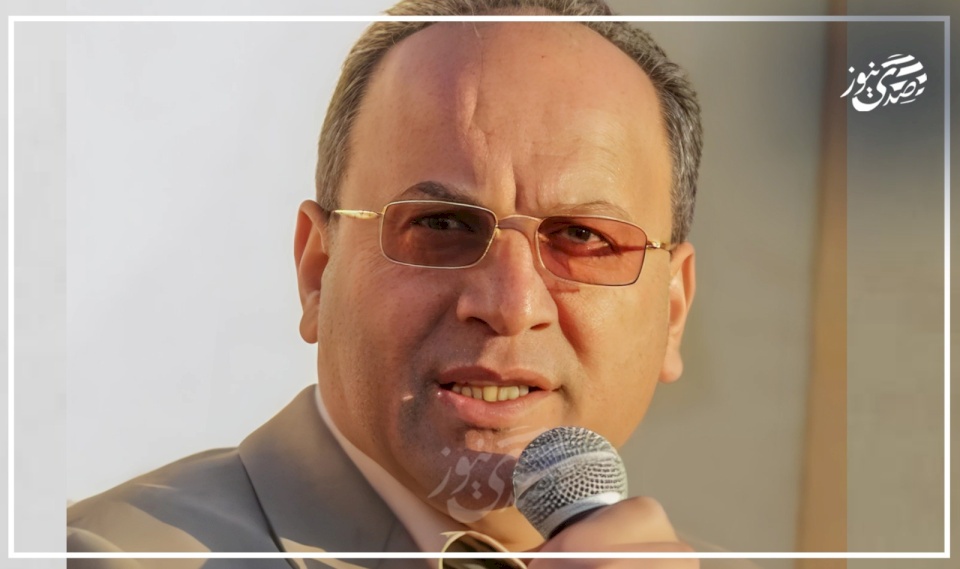
Two Plans to Divide the Nation: Navo and Yinon and the Arab Reality Today
Since the establishment of the usurping Israeli entity, strategic minds there have not ceased to carefully map out their plans to ensure superiority and continuity at the expense of the peoples of the region. Since the 1950s, what is known in Arab analyses as the "Navo Plan" emerged, followed by the 1980s revealing a deeper and more dangerous vision known as the Yinon Plan. Today, when we look at our Arab reality, we realize that these papers have not remained mere ink on paper but have transformed into the realities we live daily.
Yigal Navo, an Israeli strategic official in the 1950s, focused on direct military occupation and control over strategic lands such as Sinai, the West Bank, the Golan Heights, and southern Lebanon, with the goal of displacing the original populations and replacing them with settlers. His primary aim was to secure military superiority and direct regional control for Israel.
Israeli diplomat Oded Yinon wrote his plan in 1982, which was deeper and more strategic than Navo's, focusing on the internal fragmentation of Arab countries by exploiting sectarian and ethnic divisions and turning major states into weak, warring mini-states, making the region easier to manage and control without the need for direct occupation. His goal was to manage chaos and maintain long-term Israeli hegemony.
The Navo Plan was based on direct military occupation by controlling Sinai, the West Bank, and the Golan Heights, extending into southern Lebanon, alongside the displacement of original populations and their replacement with settlers. Some of this plan was realized: the annexation of the Golan, the expansion of settlements in the West Bank, and control over southern Lebanon for a time while Sinai remained an exception due to international agreements that compelled the occupation to withdraw.
On the other hand, the Yinon Plan was deeper and more insidious. The goal was no longer just military control, but the fragmentation of major Arab states from within and transforming them into weak, warring micro-states unable to confront Israel. Iraq was divided into Kurdish, Shiite, and Sunni regions; Syria and Lebanon are shared by sectarian and ethnic mini-states; Egypt was weakened internally, while Jordan became a target and was made a possible homeland for Palestinians. Here, direct occupation was no longer the aim, but managing chaos and keeping the region inflamed with divisions.
If we look at today’s reality, we see these plans manifesting before our eyes: in Syria, the south is ablaze with local conflicts, the northeast is almost Kurdish autonomous, while the coast and Mount Sheikh witness direct Israeli interventions; Lebanon suffers from a crippling economic crisis and political pressures, along with American extortion and attempts to ignite sectarian strife, evidenced by disarmament decisions, making it easy terrain for infiltration; Iraq is effectively divided among its components; Libya is engulfed in long-term conflicts; and Yemen is being destroyed and disintegrated by sectarian conflict, further enhancing the division between the north and south, east and west.
The comparison between the two plans is clear: Navo equals direct military occupation, while Yinon entails internal fragmentation and sectarian conflicts. The goal in both cases is the same: to guarantee Israeli superiority and exploit the weakness of the Arab nation, reaching the Zionist project and fulfilling their dream of Greater Israel. What has been realized from Navo in the Golan, the West Bank, and southern Lebanon is met today with the clear implementation of Yinon’s principles in Syria, Lebanon, Iraq, Yemen, and Libya.
What we see today is not a coincidence or transient events but rather links in an old-new strategic project aimed at fragmenting and tearing the nation apart. Syria is threatened with becoming separate entities, Lebanon is on the brink of explosion, and Iraq, Yemen, and Libya are drowning in divisions, poverty, and internal wars, while the rest of the Arab homeland remains at risk of exploitation and division.
Awareness of these plans is our primary weapon. Knowing history, understanding the tools of fragmentation, and distinguishing the forces exploiting our internal crises is the first step to thwarting these projects.
And because confronting these plans requires more than just awareness, the Arab nation must enhance its internal unity, strengthen its institutions, and develop its laws to make the state resilient against any attempts at fragmentation and extortion. It must also coordinate its efforts politically and economically across the Arab world and empower the youth and civil society to be an effective force against divisions, while monitoring external plans with vigilance to protect its land and people and restore its strength and dignity.

2026.. Expectations and Predictions

Youth Village ... A Model of Development Challenges Under Occupation

iPhone 17 in a Sinking Tent: The Engineering of 'Poisonous Luxury' in Gaza

Is There a 'New Netanyahu'?

Political Control Over Aid: How Do Israel and the United States Restructure International...

Europe Protests: When Lies Collapse

When Workers Are Removed from the Equation... How Does the Economy Suffocate?

